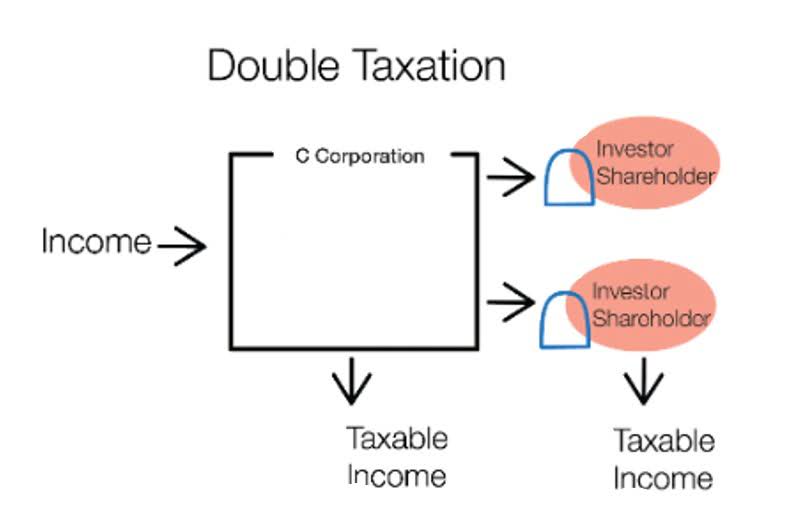Annual Income Learn How to Calculate Total Annual Income

MAGI is used to determine financial eligibility for Medicaid, CHIP, and premium tax credits and cost sharing reductions available through the health insurance marketplace. By using one set of income counting rules and a single application across programs, the Affordable Care Act made it easier for people to apply and enroll in the appropriate program. Household income and educational attainment share a strong individual annual income correlation. Compared to households where a high school diploma represents the highest educational attainment, householders with a bachelor’s degree or higher report a median household income nearly twice as high. And only households with bachelor’s degrees report a six-figure median annual income. To calculate your weekly wage, multiply the hourly wage by the average number of hours worked per week.
- At Finance Strategists, we partner with financial experts to ensure the accuracy of our financial content.
- Net income is the amount of money you have left over after deducting federal and state taxes, mandatory Social Security and Medicare taxes, retirement contributions and more.
- Average individual income in 2023 in the United States was $69,029.61, up from $66,755 in 2022.
- Our mission is to empower readers with the most factual and reliable financial information possible to help them make informed decisions for their individual needs.
- This is called adjusted gross income (AGI), which considers all your sources of income.
- Working in a spreadsheet can also be more convenient since you can easily sort the information you enter, and it doesn’t leave a paper trail.
The difference between gross and net income

Please check out the income percentile calculator, an interactive tool presenting these numbers in (perhaps!) a more intuitive way. Data is sourced from the United States Census Bureau’s Annual ASEC survey, first released in September 2023. The University of Minnesota’s Minnesota Population Center harmonizes it, making it easy to do these calculations – see the individual income by year post, for an example. Incomes are earned between January and December 2022, and data is comprised of individuals who worked (or wanted to work) in 2022. Make a list of all the different types of revenue you receive from the list above. Make careful to indicate the amount of money you earn from each source.
- Yes – see our average, median, and top 1% income by age research and the income percentile by age calculator.
- When people refer to their annual income, they are referring to the amount of money they take home every year.
- The standard fiscal year runs from October 1 to September 30, although this can vary from company to company.
- The comparison to 2019 data is nominal (except in the chart, which is adjusted with CPI).
Lifetime Earnings: Workers With Bachelor’s Degrees Earn 75% More Than Those With Only High School Diplomas²⁵
When it comes time to choose a major, you’re also shaping your earning potential. Based on mid-career wages, earning an engineering degree offers the highest income. Degree level affects lifetime earnings, with a significant boost for those with a bachelor’s degree or higher. As the lifetime earning figures below demonstrate, college is worth it. Race and gender influence income, with white and Asian Americans reporting higher median incomes than Black or Hispanic Americans.
Do you have individual income data by age?
“From there, you can budget other expenses, both short-term and long-term, because you’ll know the amount that you’ll get each paycheck.” A year can be a calendar year — January through December — or your company’s fiscal year. Income usually includes wages, salaries, commissions, fees, tips, bonuses, Social Security benefits, and other money you earn regularly. Some money from your salary goes to a pension savings account, insurance, and other taxes. To know more about calculating net income, check out our gross to net calculator. But in any case, knowing how to calculate your net annual income will be useful for comparing different job offers and creating an annual and monthly budget.
- The gross annual income represents the amount prior to any reductions related to items such as taxes, whereas the net annual income represents the remaining earnings after all appropriate deductions.
- Remember to adjust the first two fields of the calculator as necessary.
- Fundamentally, it is also important to know your net income, which is the amount of money you take home or your business generates.
- I use harmonized data from the University of Minnesota’s Minnesota Population Center in R.
- Knowing what you take home after taxes is crucial when budgeting because a certain percentage of your gross income is deducted for taxes.
- The tool can serve as an annual net income calculator or as a gross annual income calculator, depending on what you want.
These benefits can include health and life insurance, access to a company car, retirement contributions, and more. Suppose you already know that you worked 2,000 hours over the course of the year, your average hourly wage was $25, and your final tax bill was $8,000 (this number is completely hypothetical). Suppose your average federal tax rate is 10% (this is not an actual estimate for how much someone at this income would pay).
How to calculate annual income from hourly wages

Use this information to make the best financial decisions going forward. Your annual income and household income are good indicators of your financial health. Your financial state impacts your purchase decisions and way of living. If you have a clear picture of your annual income, you can identify your expenses, create a budget and better understand where and how you spend your money.
The 25 Best Cities To Move to With Cheap Housing and a Strong Job Market
The net annual income (sometimes called your annual income) is the money you earn that you can spend or save however you want. This is different from your gross monthly or yearly income, which is a term that is often used interchangeably with your salary. To find your annual income, start by taking an inventory of all your income sources. Adjusted for inflation (CPI), top 1% and median were up 8.06% and 5.96%, respectively.


